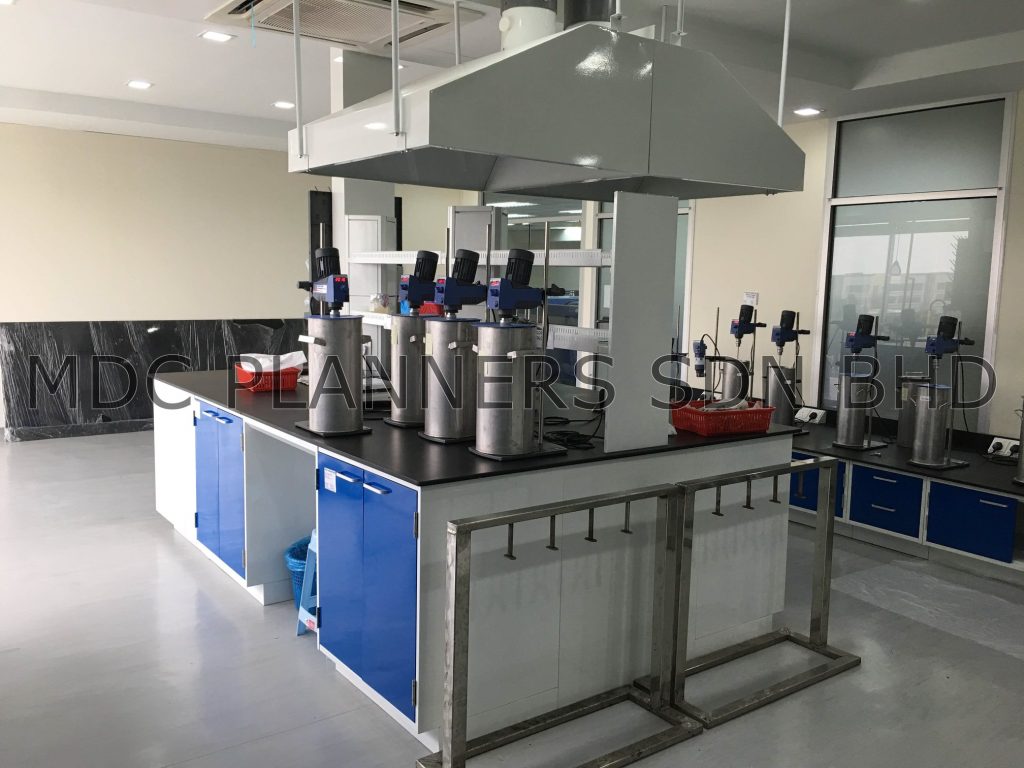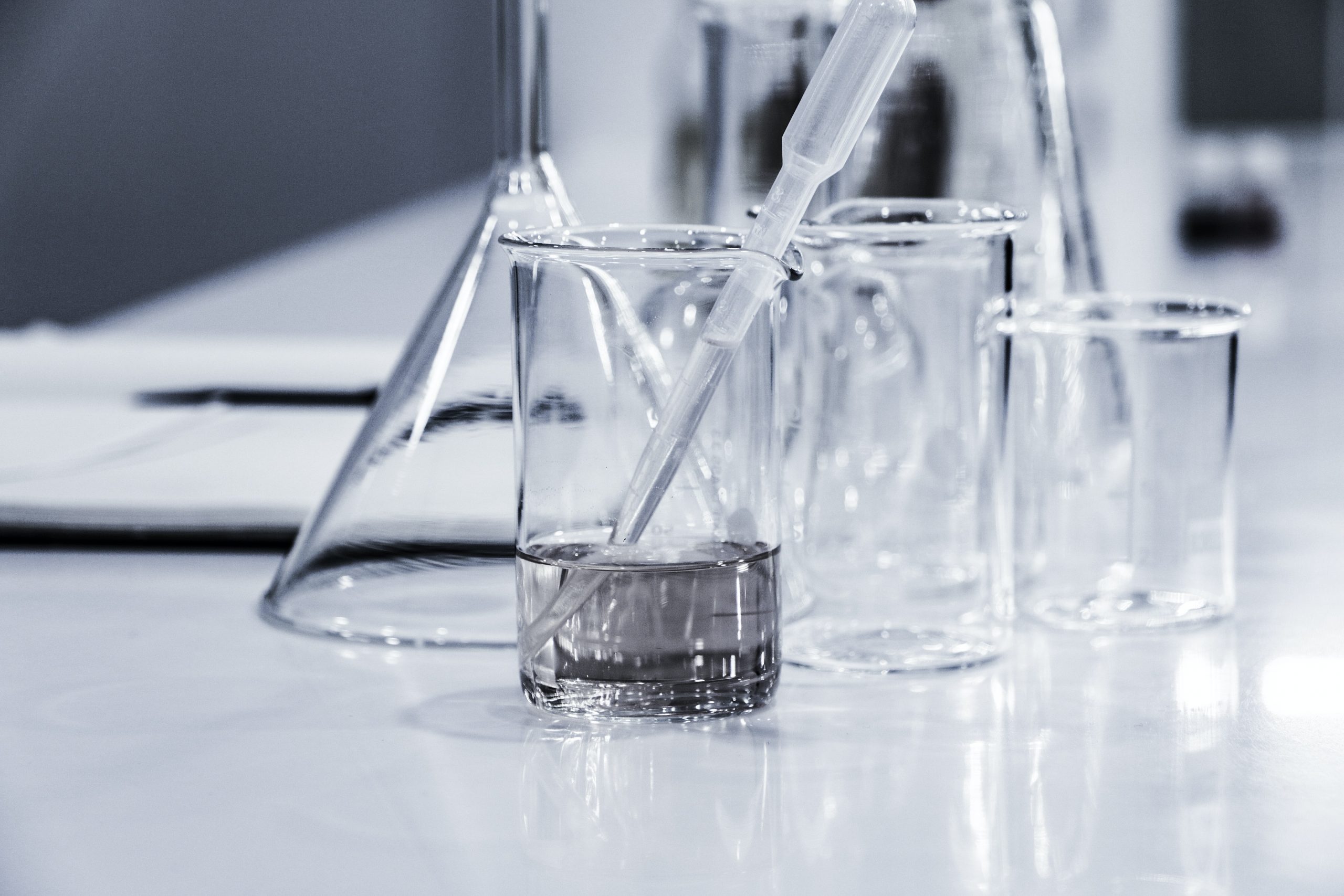Laboratories have always been places of creation and experimentation, where people push the boundaries and create new things. This drive, however, frequently creates hazards, and human errors in laboratories result in dangerous accidents. Scientists and teachers have the best chance of keeping their workplaces productive and safe if they understand the most common lab accidents of laboratory research equipment Malaysia mishandling and how to prevent them.


1. Shattered glassware
Many experiments and reactions require the use of laboratory glassware. As a result, it’s critical to use the right glassware for the job and to do so correctly. Mishandling or dropping of incorrect equipment is a common cause of lab accidents. When glass shatters on hard countertops or floors, the sharp pieces can cut into exposed skin.
Cleaning up broken glass calmly and carefully is critical to reducing risk. However, cuts are common during the cleaning process: if you’re rushing or panicking, it’s easy to grab broken glass or cleaning materials full of shards. Because broken glass can be difficult to detect, thorough cleaning with brushes, dustpans, and gloves is the best way to handle an accident.
2. Temperatures at extremes
While open flames are the most common cause of laboratory accidents, science relies on extreme temperatures for both education and production. These extremes, which range from scalding exothermic reactions to liquid nitrogen and supercooled conductors, can be just as dangerous as a typical Bunsen burner.
To keep everyone safe in the lab, make sure to communicate the hazards of each reaction and each heating or cooling tool. You have the best chance of avoiding harm if everyone uses protective equipment and safety procedures while maintaining a working knowledge of extreme temperatures.
3. Chemical Toxicity and Burns
Of course, chemicals are more capable of harming scientists than heat alone. While bleach and sulfuric acid get the most attention, all five types of toxicity pose a risk to laboratories: behavioural, biological, chemical, physical, and, on rare occasions, radioactive toxicity.
As with temperature hazards, regular washing and decontamination stations should be used to manage toxicity and chemical burns. Good ventilation is also an important safety measure for preventing the accumulation of toxic vapours. Laboratories should never lower their guard and should always use the proper equipment when handling toxic materials.
4. Falls and Slips
Although laboratories can be fascinating places, running around in them can be dangerous. Hazardous materials abound in laboratories, emphasising the importance of precise movements. Spillages should also be reported and cleaned up as soon as possible to avoid common lab accidents such as slipping and falling.
5. Injuries to the Eye
Laboratories do a good job of protecting the vulnerable things we need to see. Even if you buy shatter-proof laboratory glassware and nothing breaks, students or technicians may unintentionally rub or scratch their eyes, causing significant irritation and injury. Strict goggle policies protect the eyes and make hazards visible.
